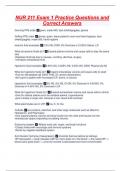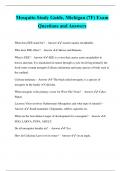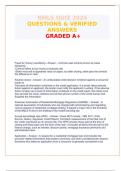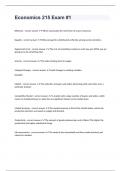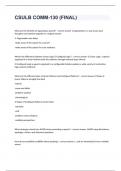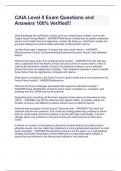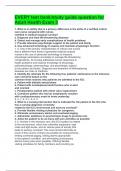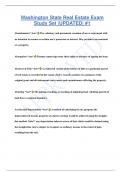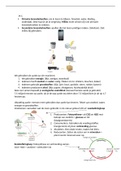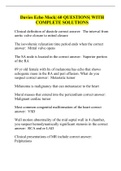Exam (elaborations)
NUR 211 Exam 1 Practice Questions and Correct Answers
- Course
- Institution
Donning PPE order gown, mask/n95, face shield/goggles, gloves Doffing PPE order gloves, gown, leave patient's room and hand hygiene, face shield/goggles, mask/n95, hand hygiene Isotonic fluid examples 0.9% NS, D5W, 5% Dextrose in 0.225% Saline, LR What do isotonic fluids do? Expand plasma volume...
[Show more]
